The contemporary stage in the evolution of Nahuatl language and culture begins in the fifth decade of the twentieth century. After the Mexican Revolution, intellectuals began to forge a new national identity, based in part on pride in a mythologized version of Mexico’s indigenous past. However, modern indigenous people, considered culturally backward and an obstacle to modernization, needed to be Hispanized, and their languages needed to be eliminated as quickly as possible. Institutions were created for this two-pronged project. Cultural organizations, such as the National Institute of Anthropology and History would appropriate indigenous culture, and public education would concentrate on Hispanization.
The first generation of bilingual educators was recruited by the federal Secretary of Public Education in 1964 and charged with replacing indigenous languages with Spanish, a goal that is in effect to this day. Bilingual teachers are trained in Spanish, and they are not encouraged to participate in innovating curriculum development and research in the language spoken by their students. Textbooks are only produced for a limited amount of their variants, and when these are distributed in communities that speak another variant, they are useless. Children are encouraged to stop speaking their native language at school; and teachers advise parents to speak only Spanish to their children. Absent at all levels of Mexican education is the one mode of activity with which these institutions could trigger a national movement of indigenous linguistic and cultural revitalization: the large scale practice of curriculum development, teaching and research done entirely within an indigenous language.
In the 1970s we begin to see works of literature in poetry, narrative, theatre and essay published in indigenous languages. Many of these writers, such as Natalio Hernández, whose first books were authored under a pseudonym for obvious reasons, emerged from the ranks of these teachers who had become disillusioned with the system.[1] Although mainstream mass media in Mexico has consistently been an instrument of replacive Hispanization, this vein also has a potential for promoting native languages. Heartening are the many radio programs conducted monolingually in native languages in heavily indigenous regions of Mexico. One such case is that of musical composer and performer Crispín Martínez Rosas who hosts a program in the state of Hidalgo conducted in Nahuatl at XECARH, la Voz del Pueblo Hñahñu[2], an enterprise sponsored by the National Commission for the Development of Indigenous Peoples[3].
The views of modern Nahuatl in academic research have contributed to the current depreciated status of the language and its speakers. The notion of “Classical Nahuatl” has long been considered the only correct and original form of the language, while modern “dialects” are often still seen as its corrupted, Spanish-influenced developments. There are serious discrepancies between existing classifications and attempts to reconstruct the historical development and mutual relationships between variants of older and modern Nahuatl. Linguists emphasize a distinction between Central and Peripheral groups of Nahuatl. Central groups would embrace variants, which share many important features spoken in the Valley of Mexico, Northern and Central Puebla, Morelos, and Tlaxcala. Huastecan and Central Guerrero Nahuatl share many features with “peripheral variants.” The latter include the Western Periphery, Northern Guerrero, Sierra de Puebla, Isthmus, and Pipil. Leaving aside dialectal classifications, today's Nahuatl-speaking communities fall roughly into two cultural categories: those in the central area of Mexico, such as Tlaxcala, that experienced intense early contact with Spanish civilization and currently practice a syncretic form of catholicism; and those from peripheral areas such as the Huasteca that never underwent intense contact with Europeans and today practice a religion centered around traditional natural deities. Nevertheless, the linguistic variants spoken by all of these communities share similar characteristics of a language that continues to evolve, on the one hand, under the normal parameters established by its own inherent structure, and on the other hand, influenced by its contact with Spanish.
Today in Mexico, the pervasive ideology, shared by indigenous and non-indigenous people alike and crossing all professions and walks of life, is that native tongues are “dialects”, and cannot be considered languages, such as Spanish and English. It’s not surprising then that indigenous people, especially after migrating to the cities, deny that they speak their native tongue and do not pass it on to their children. Nahuatl is indeed on its way to becoming an endangered language. Yet, in 2009 there were approximately 1.4 million people[4] speaking twenty-nine variants of Nahuatl in Mexico[5], and continuing to practice and develop diverse aspects of culture rooted in pre-Hispanic times.
2003 saw the creation of a federal law[6] designed to protect the linguistic rights of Mexican indigenous people; simultaneously, federal education legislation was modified, guaranteeing speakers of indigenous languages access to basic education in their native tongue. At this time the National Institute of Indigenous Languages (INALI) was founded. To date INALI has carried out linguistic research and published a national catalogue of languages; it has published numerous works in and on indigenous languages, including multiple translations of the Mexican constitution and other governmental documents; it has created norms for the preparation and licensing of translators and interpreters; and it has provided limited legal advise in individual cases of linguistic discrimination. However, state legislation in the area of linguistic rights is practically non-existent; and only a few of the thirty-one states have created indigenous language institutes.
In our opinion, the best hope for positive results in revitalization activities lies in the implementation of projects involving collaboration between government agencies and non-governmental organizations, such as Escritores en Lenguas Indígenas, A.C.[7], Fundación Cultural Macuilxochitl[8], and the Instituto de Docencia e Investigación Etnológica de Zacatecas[9]. IDIEZ works with indigenous college students, offering them a monolingual space in which to continue practicing and developing their language and culture, training them to teach Nahuatl and providing opportunities to collaborate with Western academics in many types of research projects. One such project, “Europe and America in Contact. A Multidisciplinary Study of Cross-Cultural Transfer in the New World Across Time”, is coordinated through the University of Warsaw’s Faculty of “Artes Liberales”. It constitutes a pilot enterprise, allowing indigenous people to directly experience the fundamental relation of continuity between older and modern Nahuatl language and culture.[10]
[1]Other published authors in Nahuatl include Crescencia Cortés Flores, Ethel Xochitiotzin Flores, María Antonieta Orlando Rojas Alta, Yolanda Matías García, Edith Vicente Flores, Eugenia Ramos Hipólito, Fabiola Carrillo Tieco, María del Carmen Manuela Pérez Rivera, Maribel Hernández Bautista, Gustavo Zapoteco Sideño, Juan Hernández Ramírez, Crispín Amador Ramírez, Román Güemes Jiménez, Idelfonso Maya, Marcos Matías Alonso, Eliseo Aguilar, Mardonio Carballo, and Librado Silva Galeano.
[2]XECARH, Voice of the Otomí People. http://ecos.cdi.gob.mx/xecarh.html
[3]http://www.cdi.gob.mx
[4]According to the Instituto Nacional de Estadística y Geografía (Mexican National Institute of Statistics and Geography). http://www.inegi.org.mx/prod_serv/contenidos/espanol/bvinegi/productos/censos/poblacion/poblacion_indigena/leng_indi/PHLI.pdf
[5]From INALI’s Catálogo de la Lenguas Indígenas Nacionales (Catalogue of the Nation’s Indigenous Languages). http://www.inali.gob.mx/pdf/CLIN_completo.pdf.
[6]Ley general de derechos lingüísticos de los pueblos indígenas (http://www.diputados.gob.mx/LeyesBiblio/pdf/257.pdf)
[7] http://www.nacionmulticultural.unam.mx/eliac/menu/01quienes.html
[8] http://fc-macuilxochitl.blogspot.mx
[9] http://www.macehualli.org
[10]“Language Encounters between the Old and New Worlds” sponsored by the Foundation for Polish Science (Focus Program 2010-2013) and “Europe and America in Contact. A Multidisciplinary Study of Cross-Cultural Transfer in the New World Across Time,” funded by the European Reseach Council (Ideas Program 2012-2017); http://www.encounters.al.uw.edu.pl
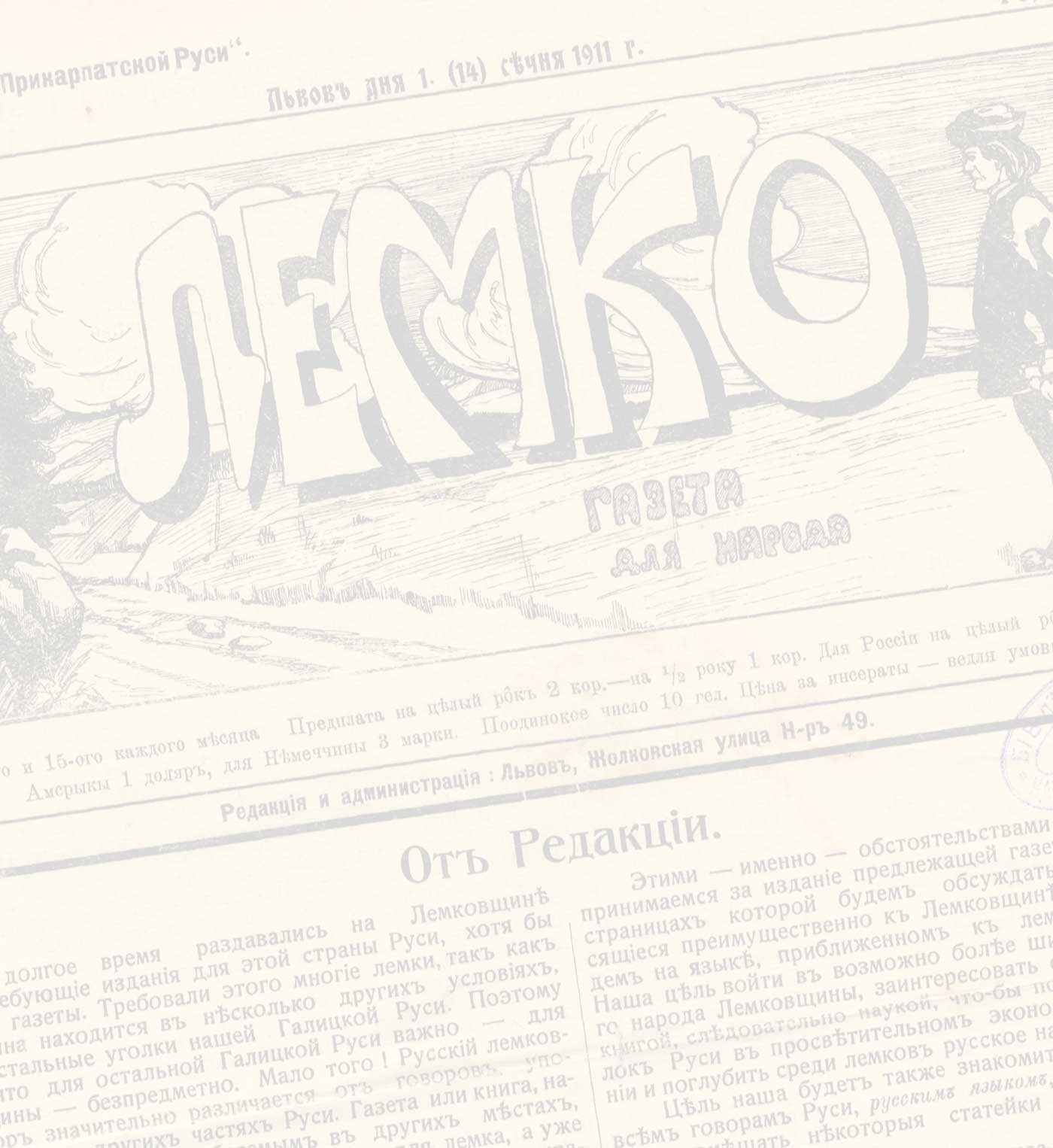
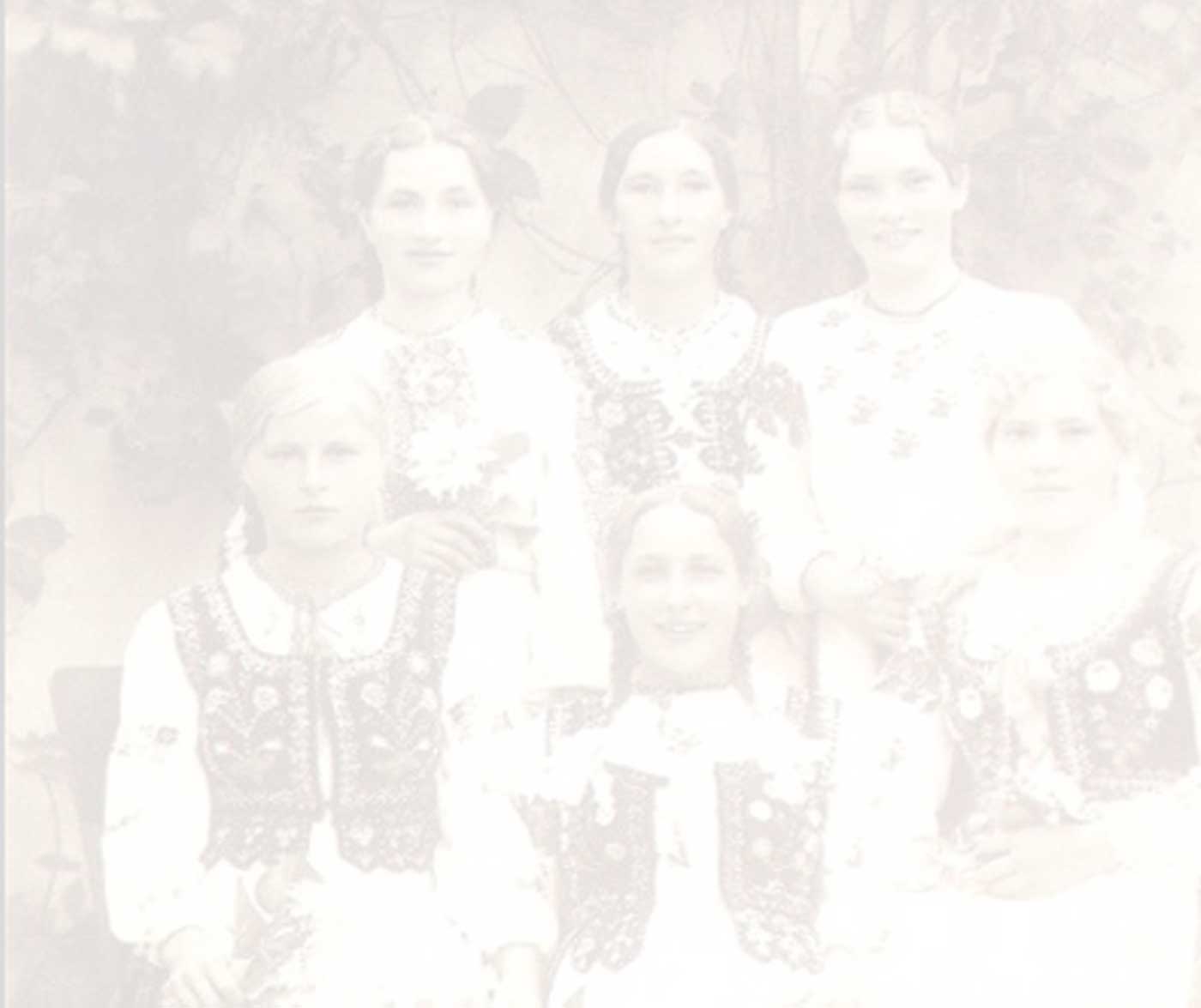
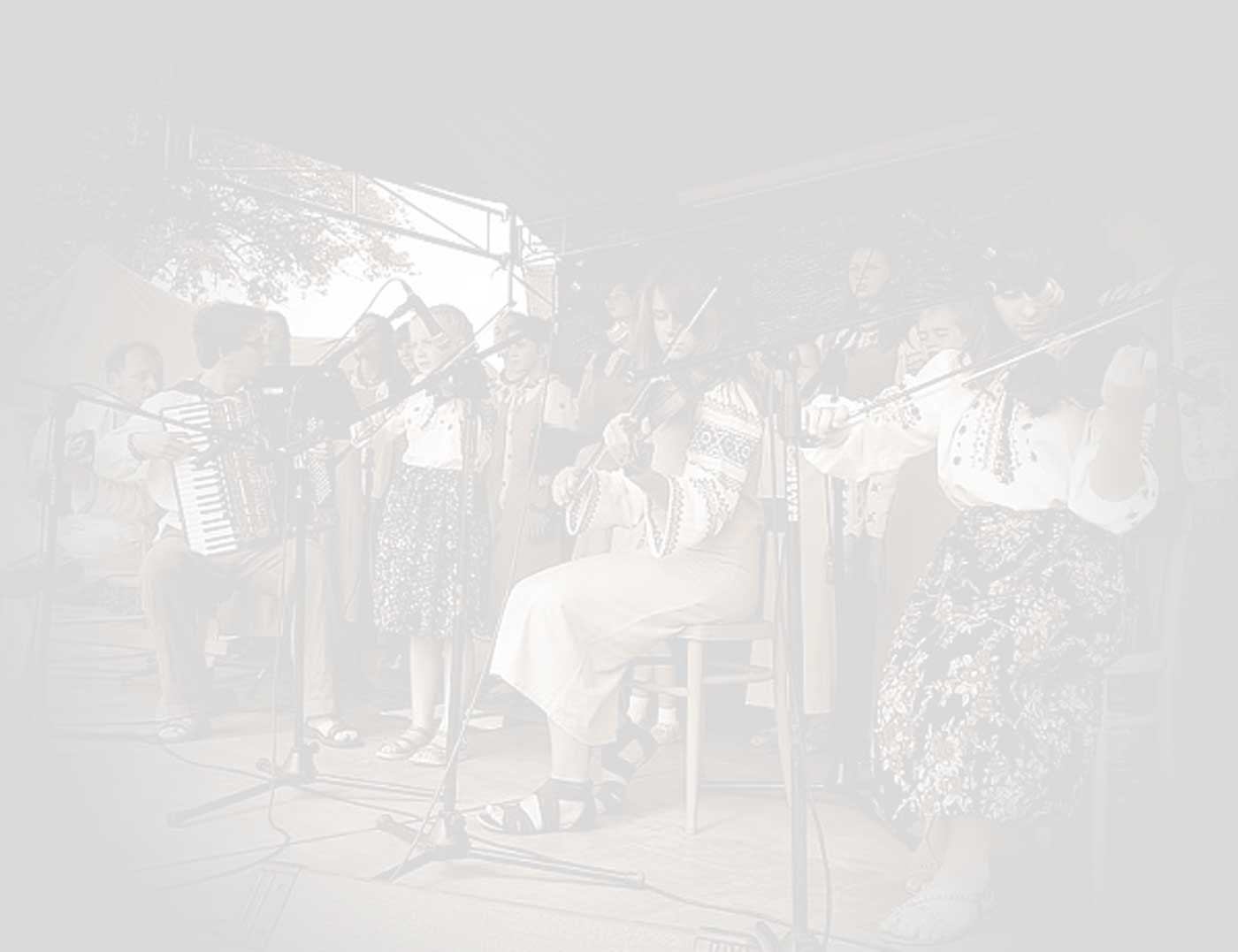
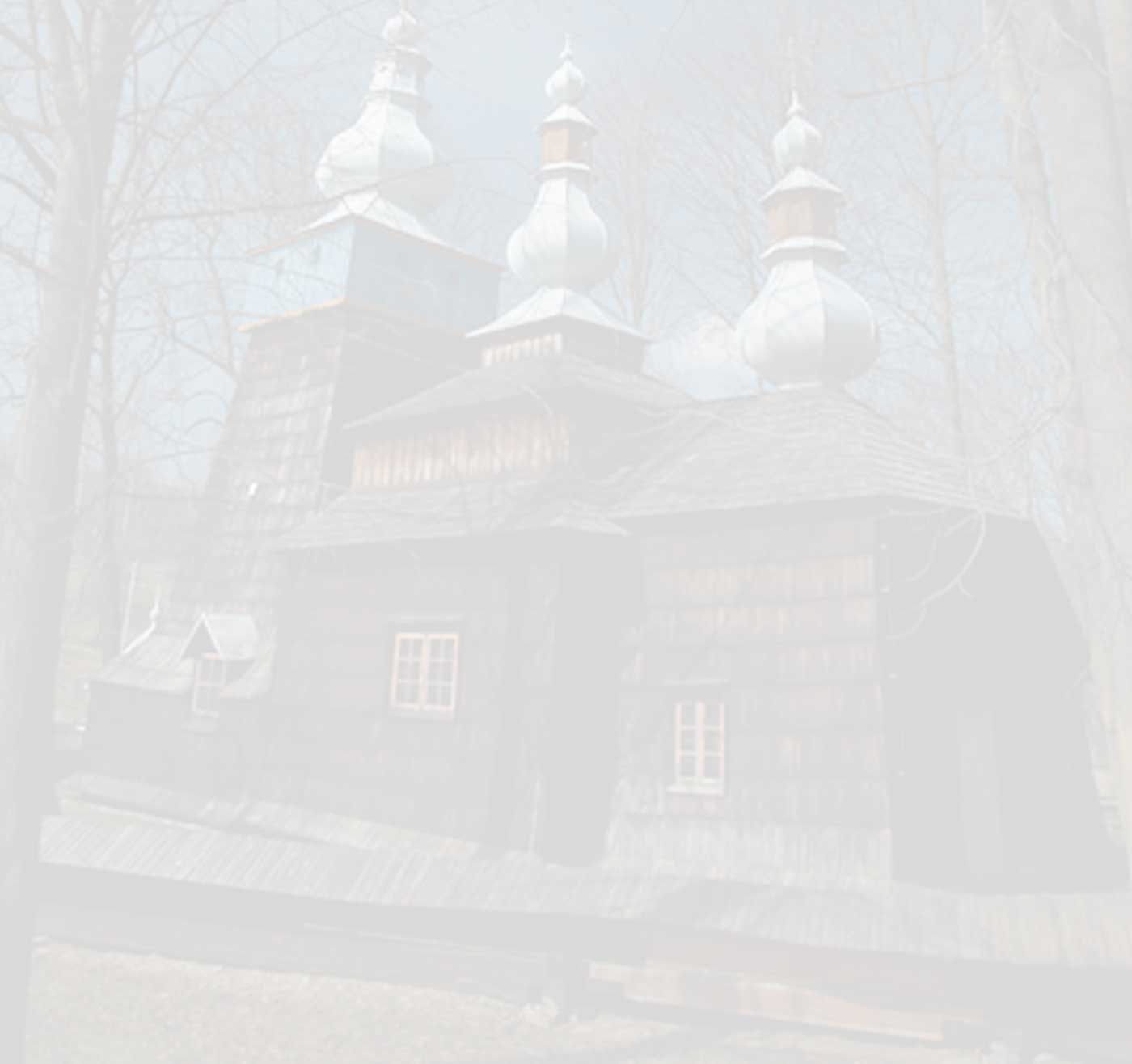

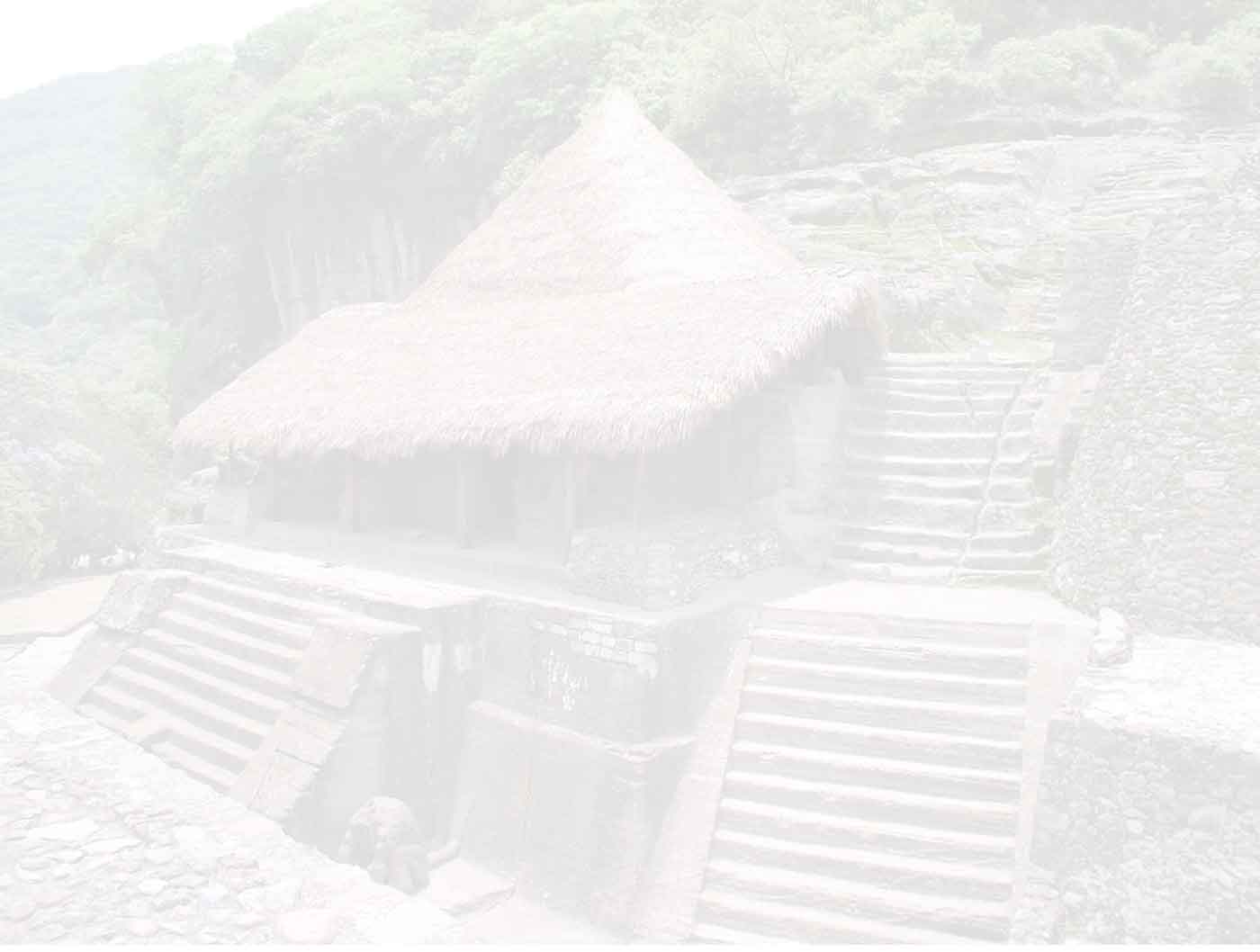





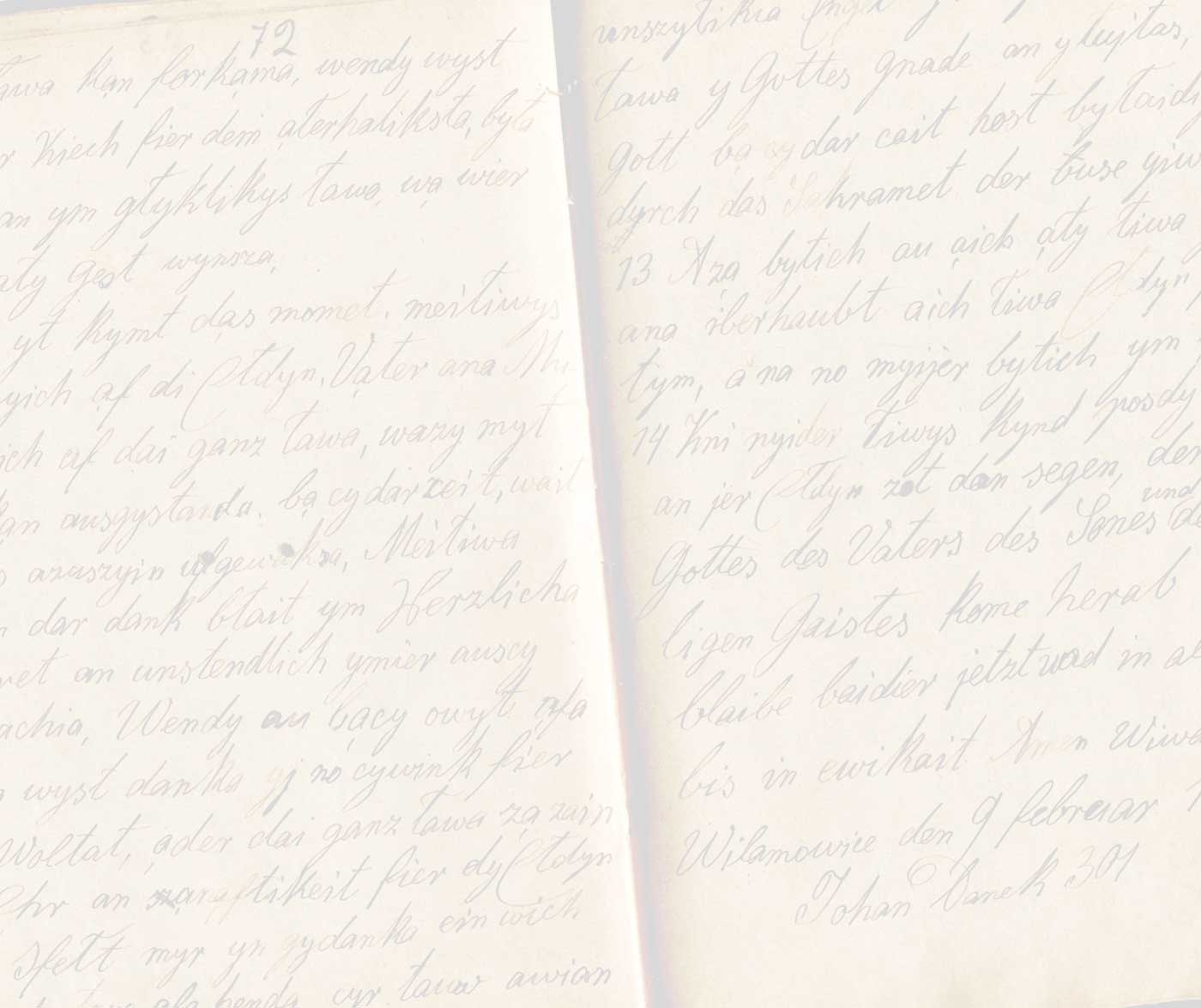












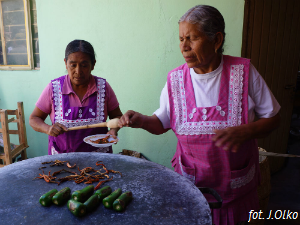 Tweet
Tweet